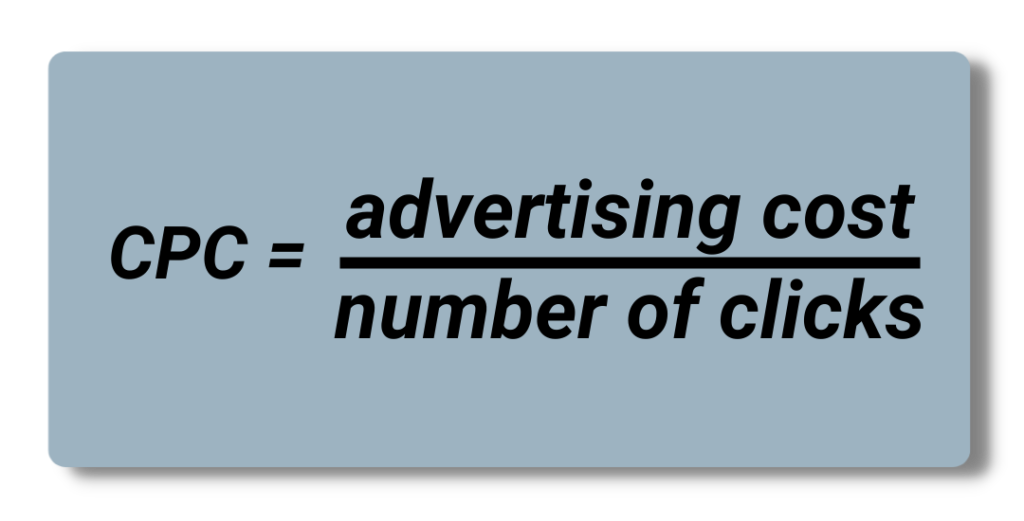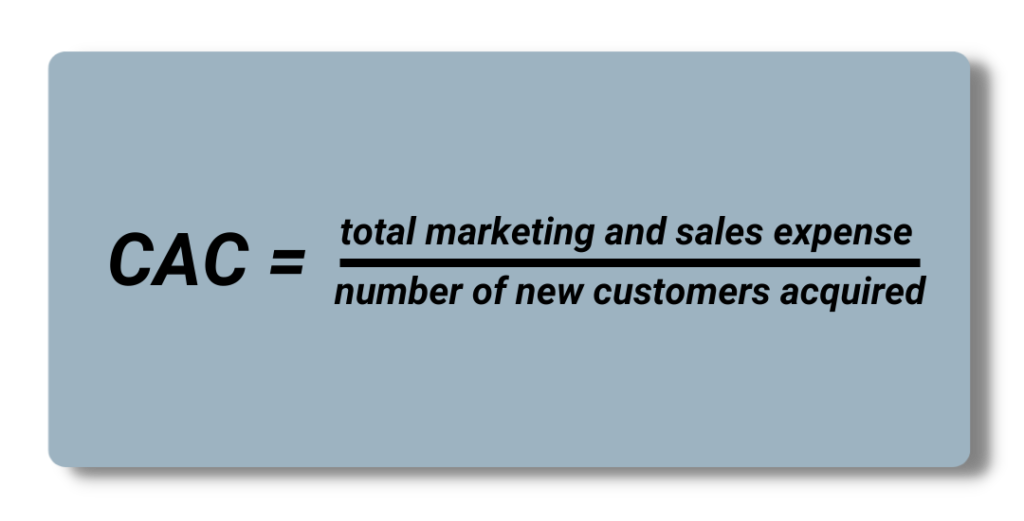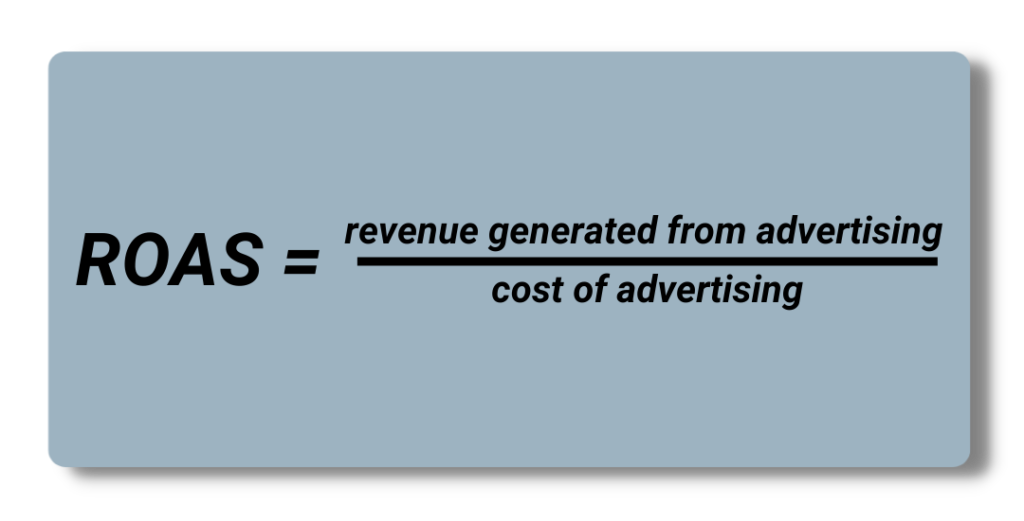One of the things that makes digital advertising so powerful is the amount of data and feedback it offers. However, it can be easy to get lost in this data. With so many different metrics and measurements available, it can be hard to keep track of what’s most important. In this post, I’ll explain some key digital advertising terms that you should know for your business.
Digital advertising terms cheat sheet
| CPM | Cost per thousand impressions. |
| CTR | Click-through rate. |
| CPC | Cost per click. |
| PPC | Pay per click. |
| CAC | Customer acquisition cost. |
| CPA | Cost per acquisition. |
| CRO | Conversion rate optimization |
| LTV/CLTV | Lifetime value/ Customer lifetime value. |
| ROAS | Return on advertising spend. |
CPM
Cost per thousand impressions
CPM means the cost per thousand impressions of an ad. An impression occurs any time a viewer sees an ad or views a page where an advertisement is visible.
The acronym literally stands for “cost per mille.” Mille is just a fancy word that means “thousand.”
CTR
Click-through rate
CTR is the click-through rate on a digital advertisement. This is the percentage of people who clicked on an ad when they saw it. CTR is often determined by the ad creative or how enticing the advertised offer is.
CPC
Cost per click
CPC stands for cost per click. This is the average amount of ad spend needed to get one person to click on an ad one time. CPC is determined by dividing the cost of advertising by the number of clicks on the advertisement.

PPC
Pay per click
PPC means pay per click and it’s a type of bidding strategy. In PPC advertising, you only pay the advertiser when someone actually clicks on one of your ads.
CPC and PPC are often used interchangeably when you’re talking about bidding strategies. However, CPC also refers to a measurable metric whereas PPC usually just refers to the strategy.
CAC
Customer acquisition cost
It’d be awesome if your business had an endless flow of new customers who found out about you without any work on your end. Sadly, that just isn’t the case for most businesses. That’s why CAC exists. Your business’ CAC is its customer acquisition cost. This is the amount of money that it costs to acquire a new customer.

CPA
Cost per acquisition
We’re talking about digital advertising, not accounting. So CPA refers to the cost per acquisition. CPA is often used interchangeably with CAC. Although, some businesses use CPA to mean more of a cost per lead (CPL) than a cost per paying customer.
For example, a SaaS company like Slack may have a certain cost for acquiring a user who uses the free trial (CPA or CPL), but a different cost (CAC) for acquiring a customer who pays for the service. An e-commerce example would be that the company has one cost for acquiring an email subscriber (CPA), but a different cost for acquiring a customer who makes a purchase (CAC).
CRO
Conversion rate optimization
CRO stands for conversion rate optimization. Your conversion rate is the percentage of people who visit your website and ultimately do what you want them to do ( book a call, buy a product, etc.). CRO is the practice of tweaking your business’ website, user experiences, and offers to increase conversion rate. This is often done through A/B testing to determine which combination of elements leads to the best highest amount of conversions.
LTV
Lifetime value
LTV stands for lifetime value. It can also be referred to as CLTV or customer lifetime value. Lifetime value is the average revenue that a customer will generate throughout their lifetime as a customer. Different businesses may have drastically different CLTVs. This number is determined by multiple factors, including the price of your goods and services and how many times a customer is expected to make a purchase.
ROAS
Return on advertising spend
ROAS stands for return on advertising spend. This measures how much revenue your advertising efforts are generating. You always want to see a positive return on your ad spend. ROAS is one of the best indicators of how well your ads are performing based on your business objectives.

Digital marketing with The Holler Creative
The Holler Creative is a digital marketing agency that specializes in creating complete digital strategies. Digital advertising is only one component of a broader digital strategy. If you want to grow your business online, you’re in the right place. Check out our digital marketing packages today!






